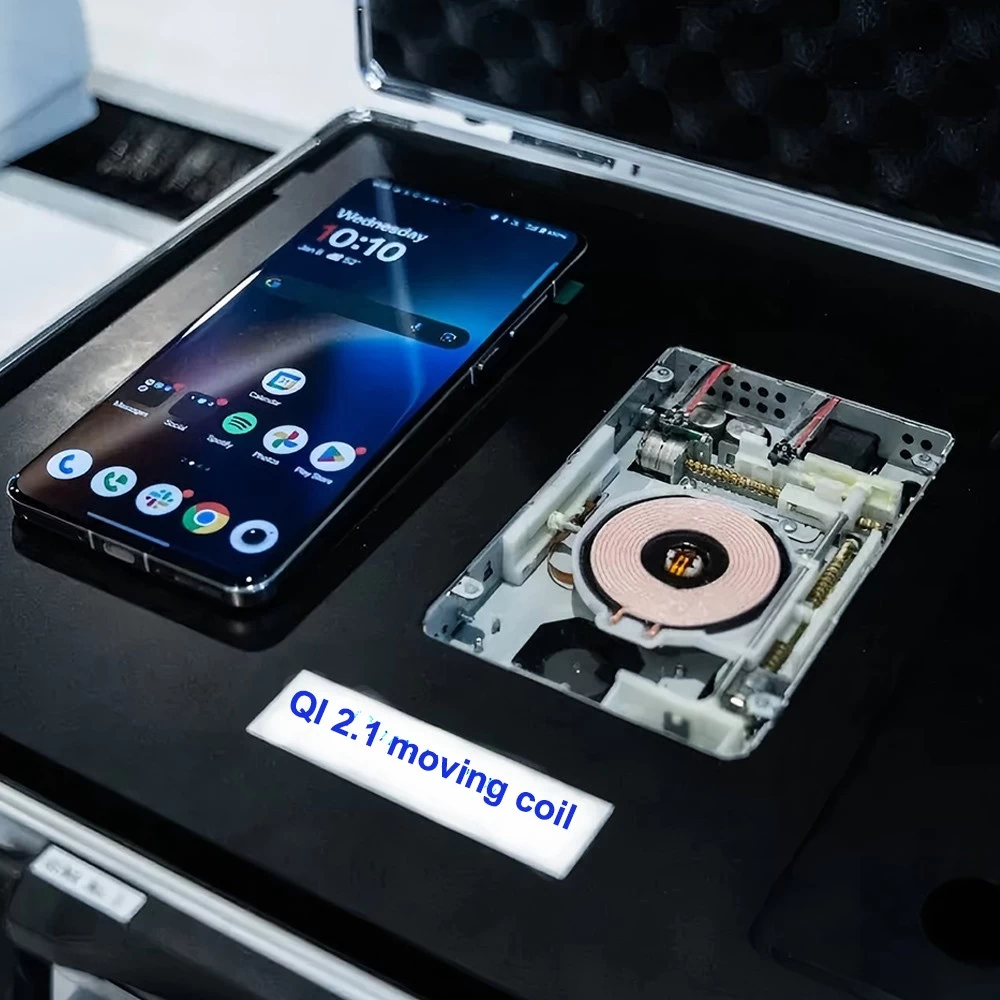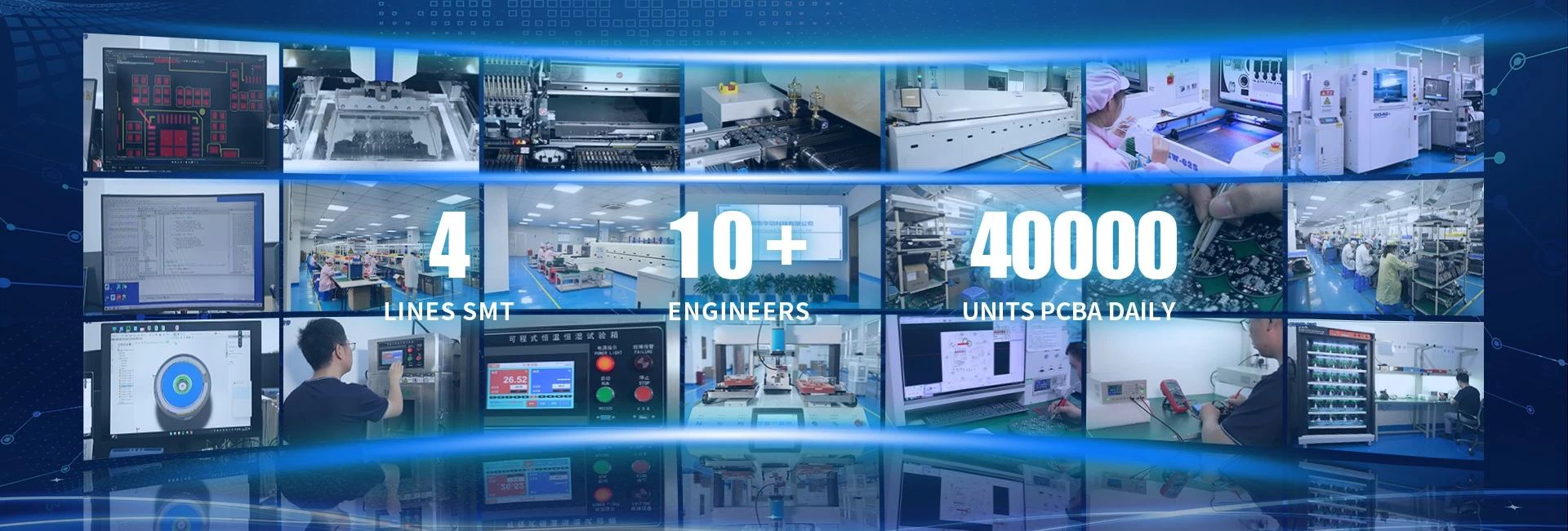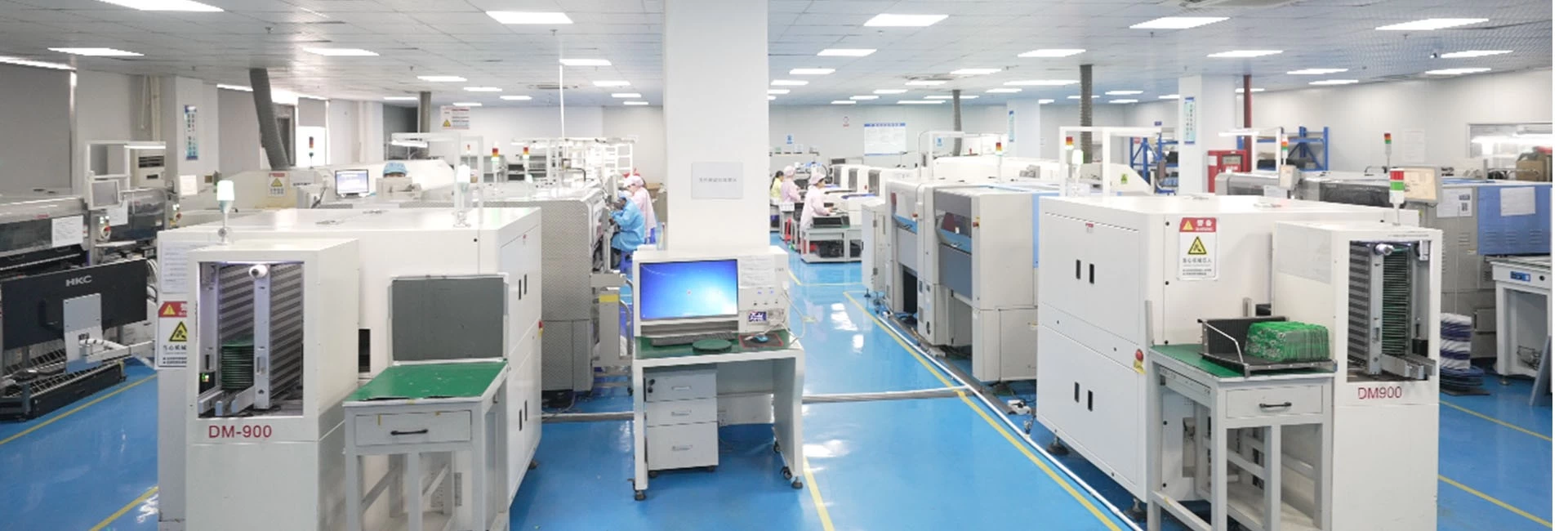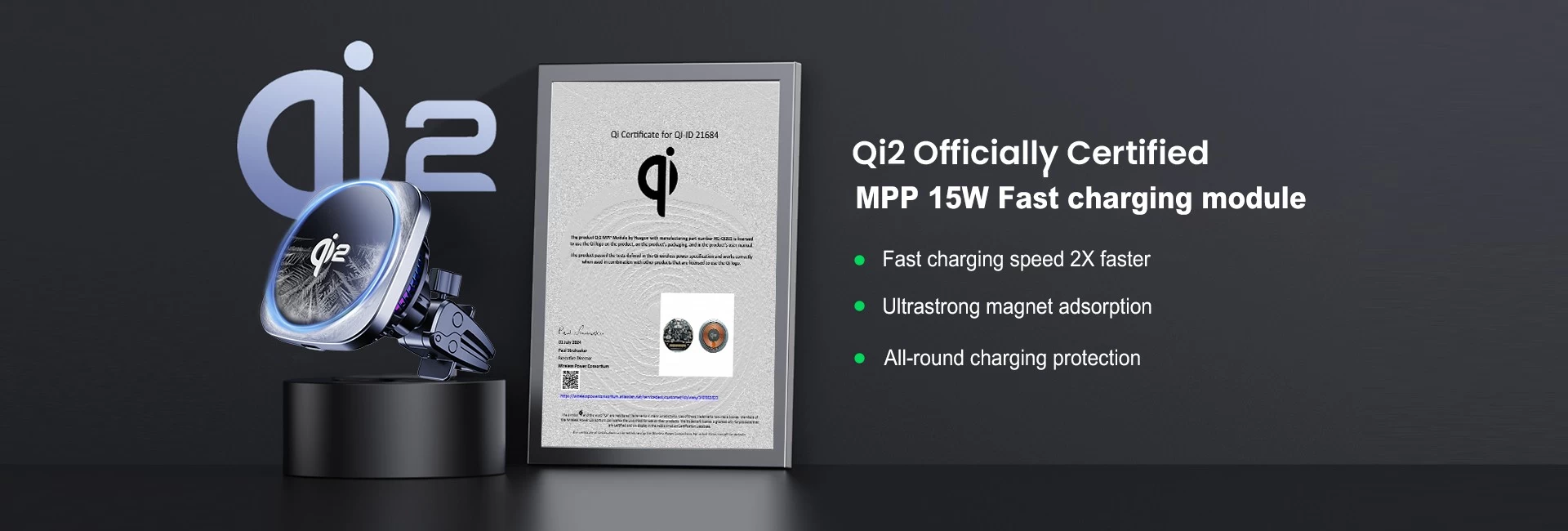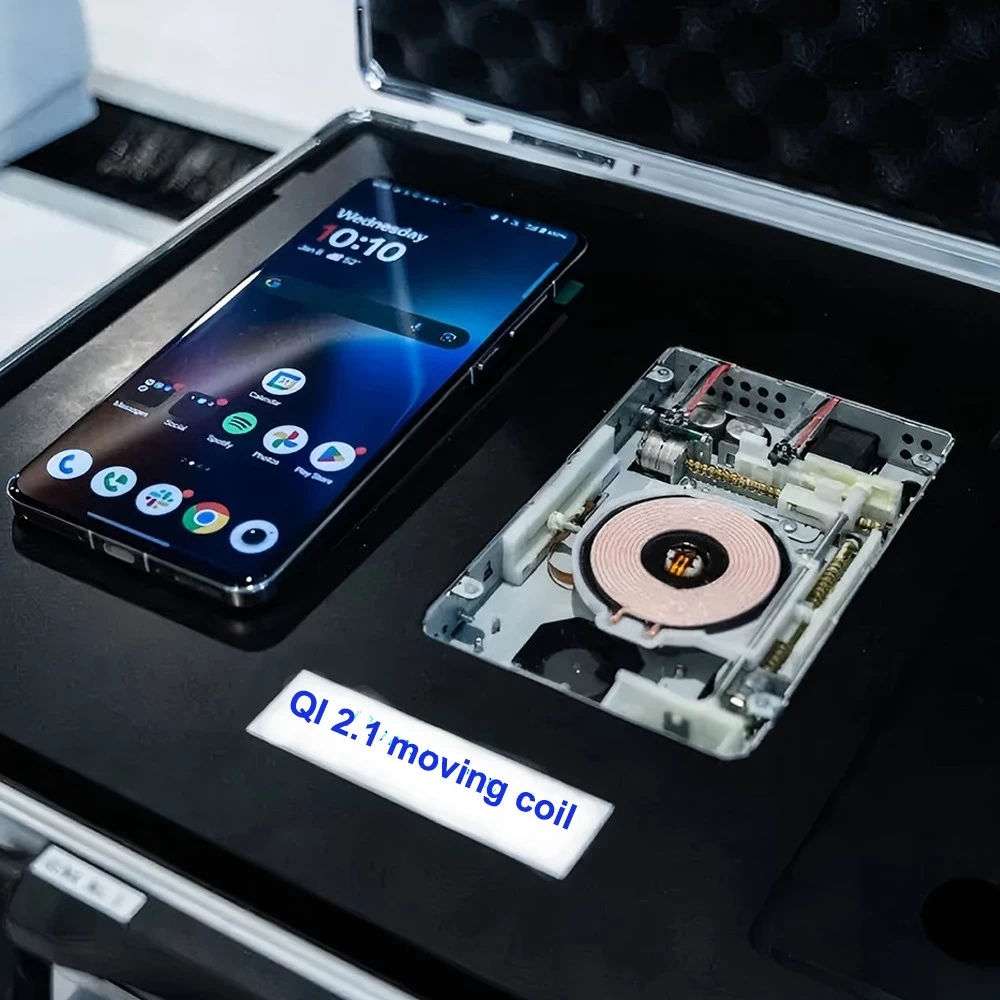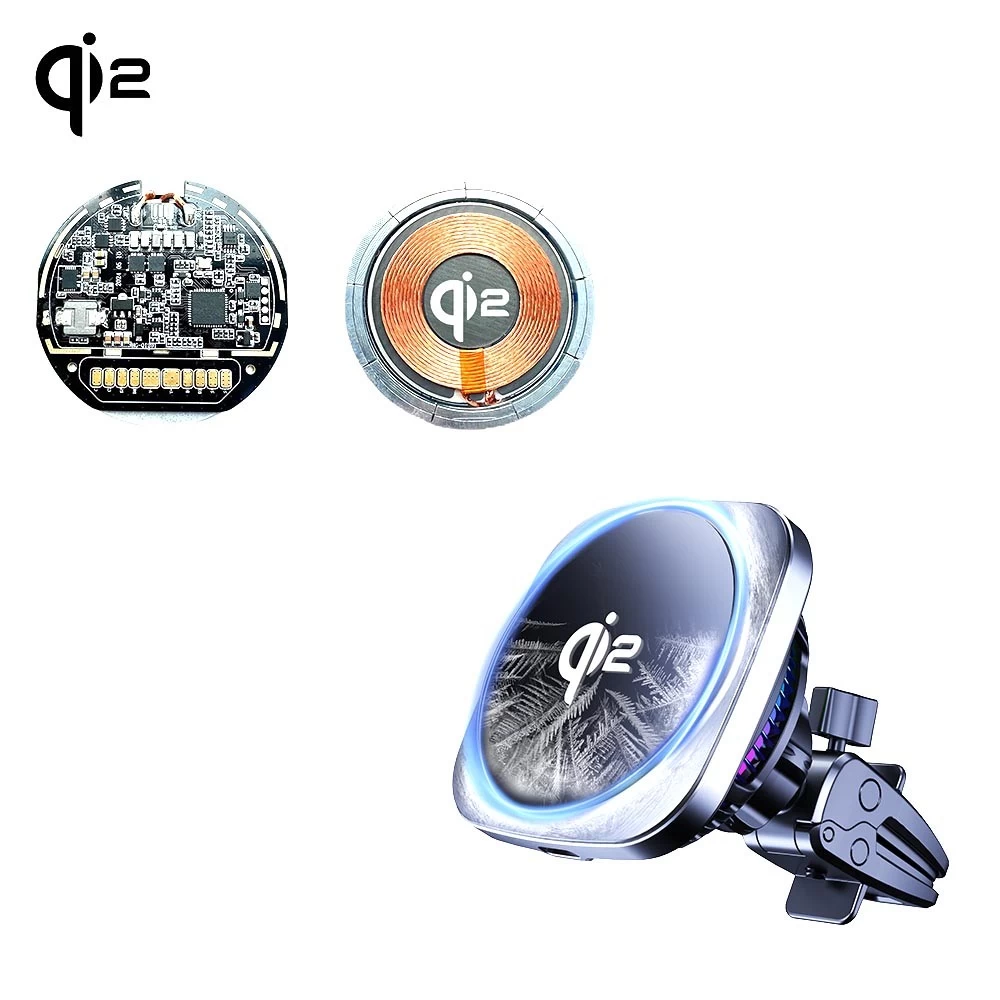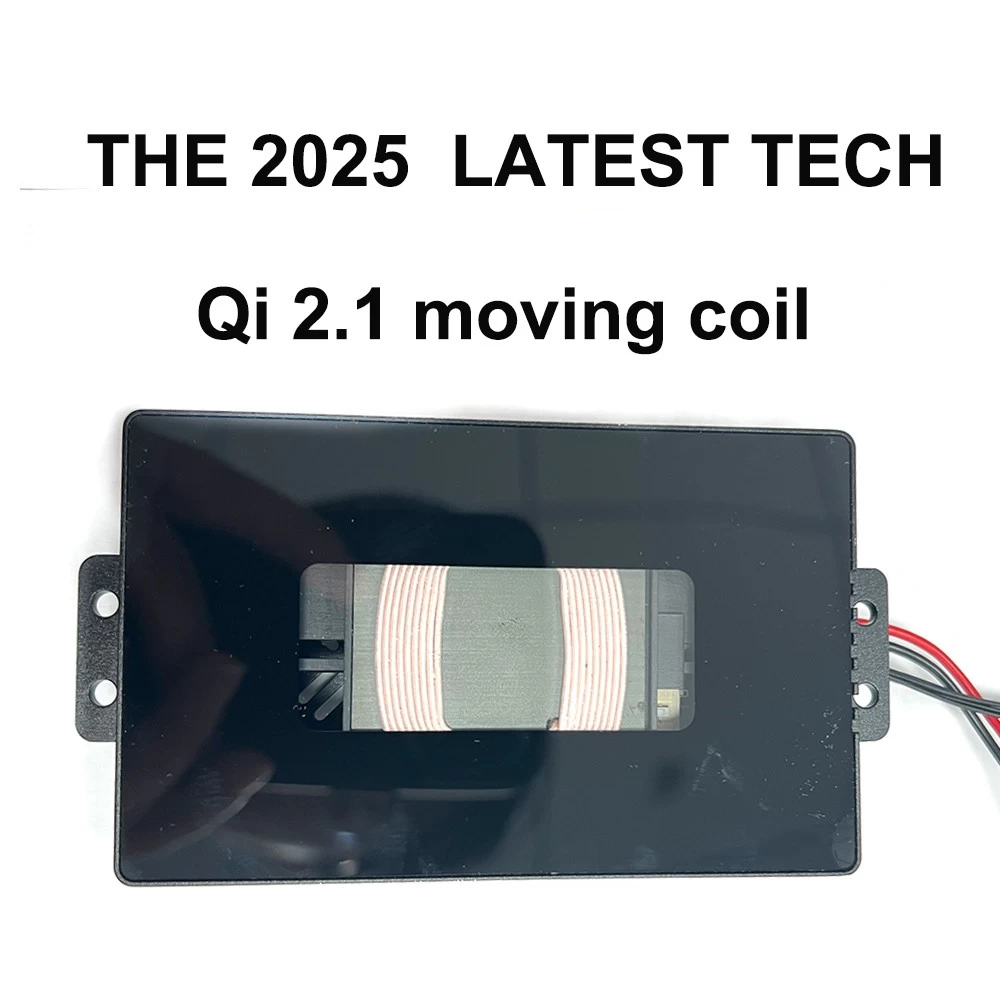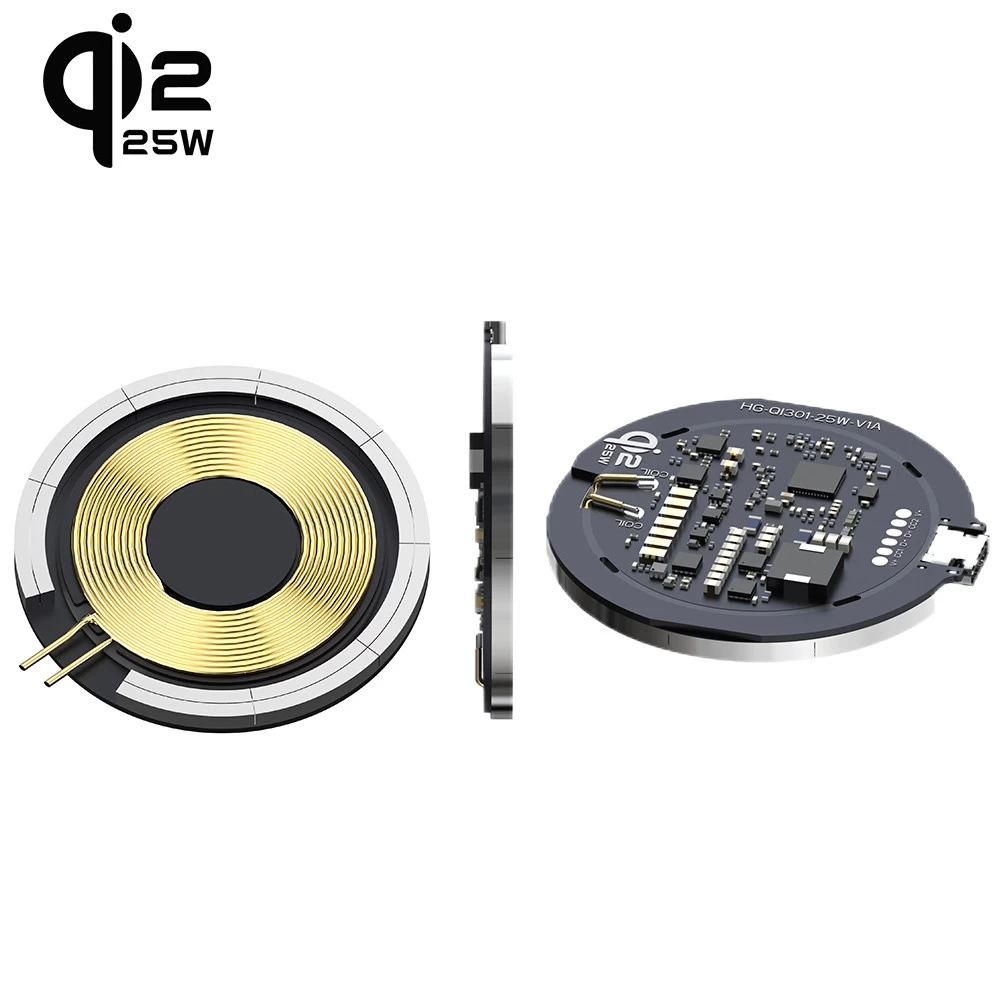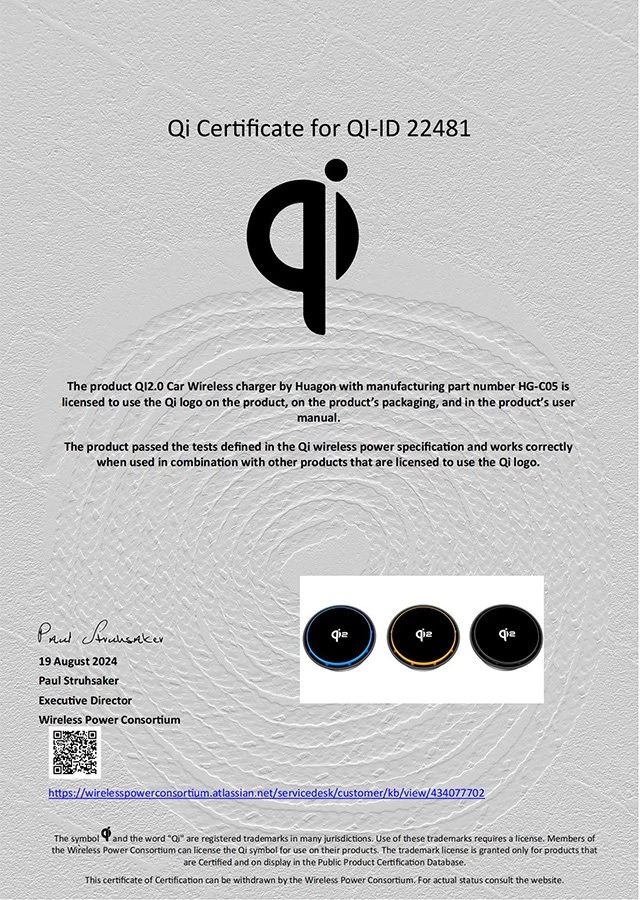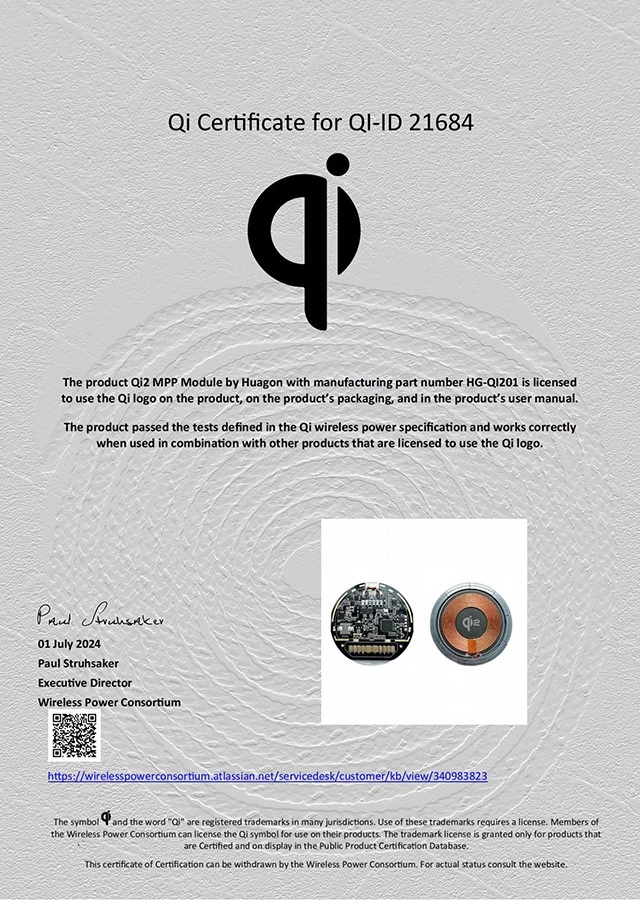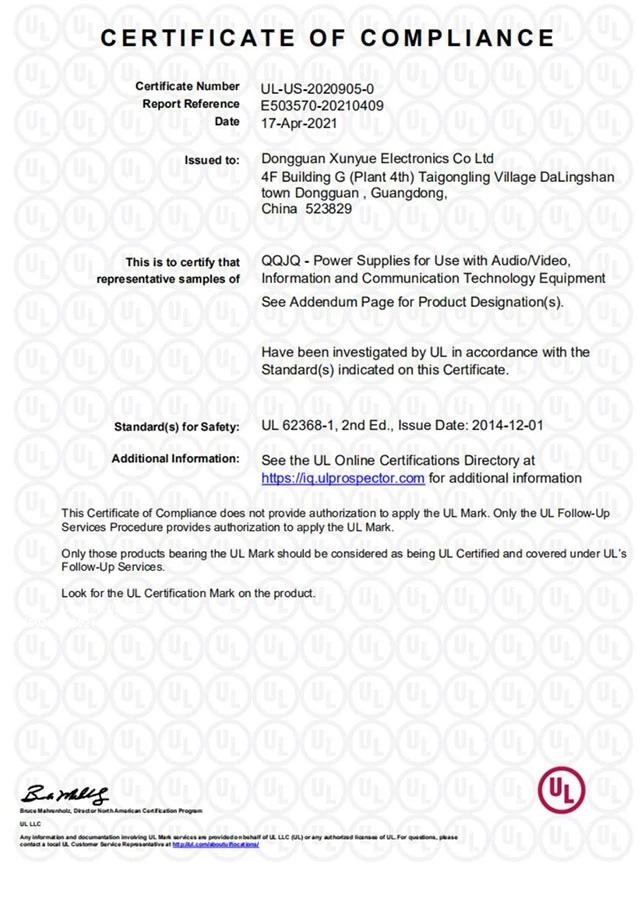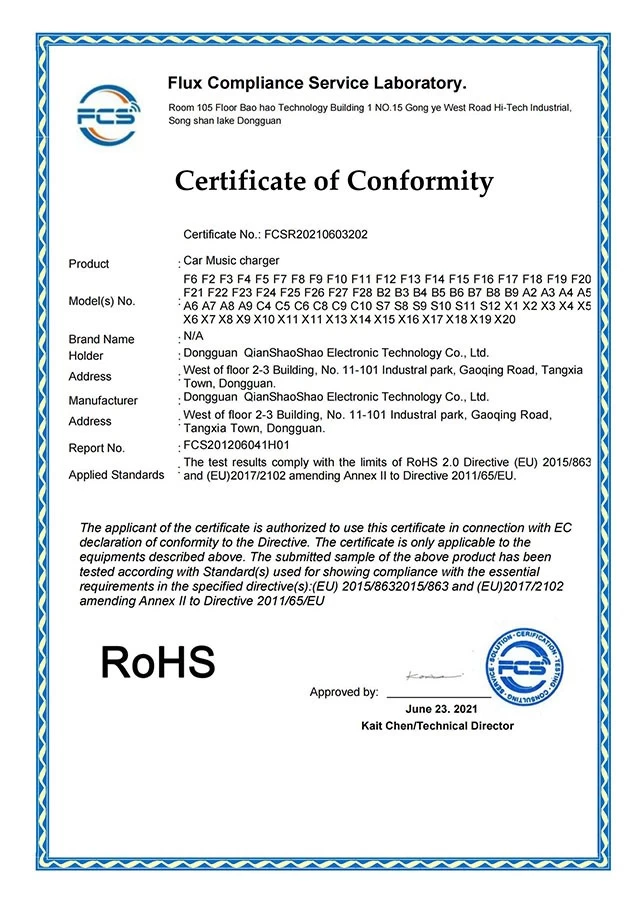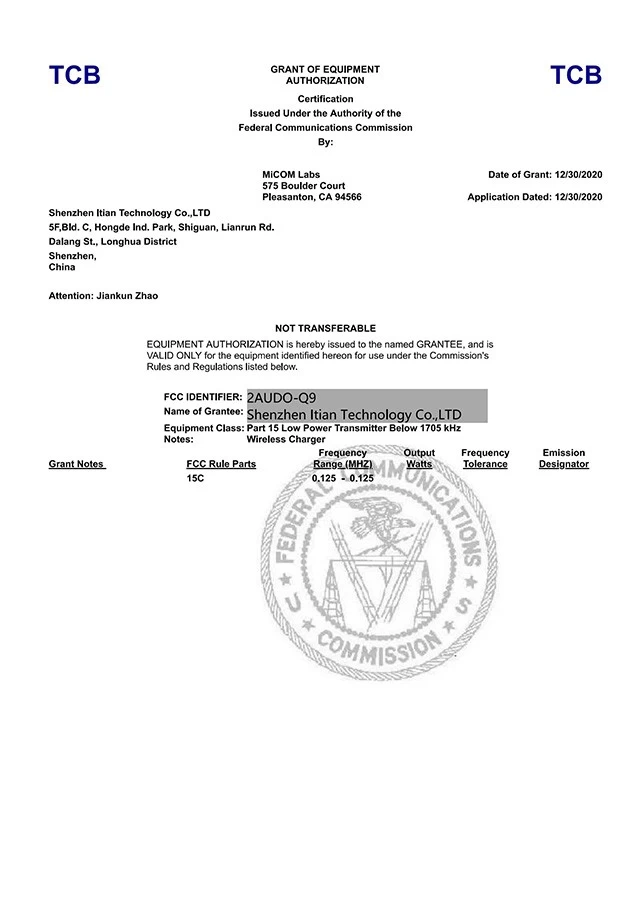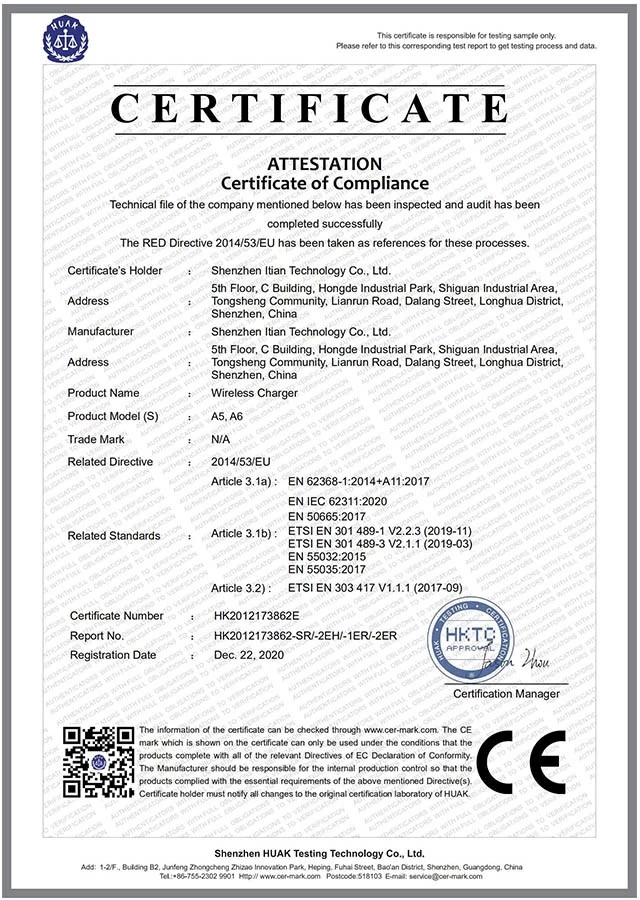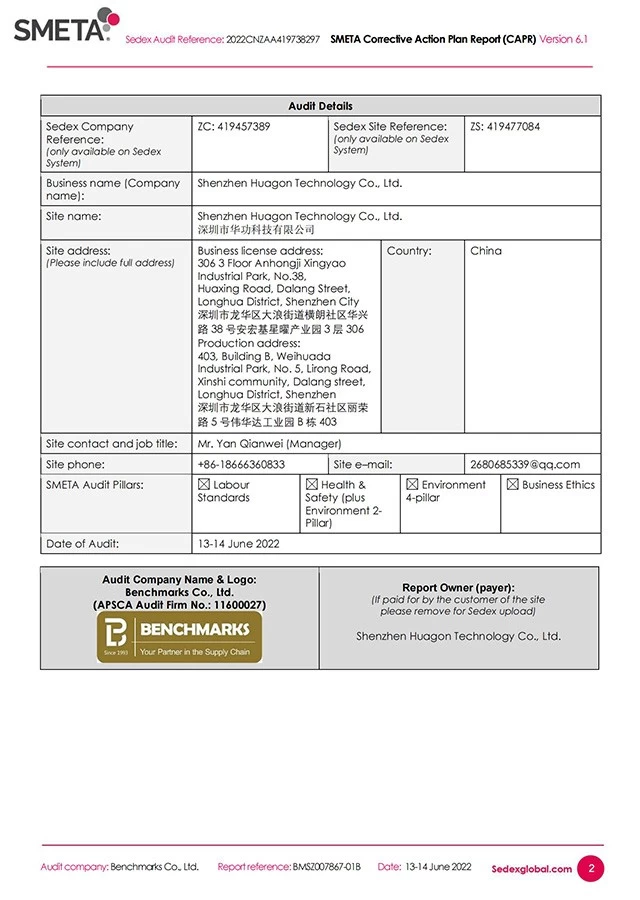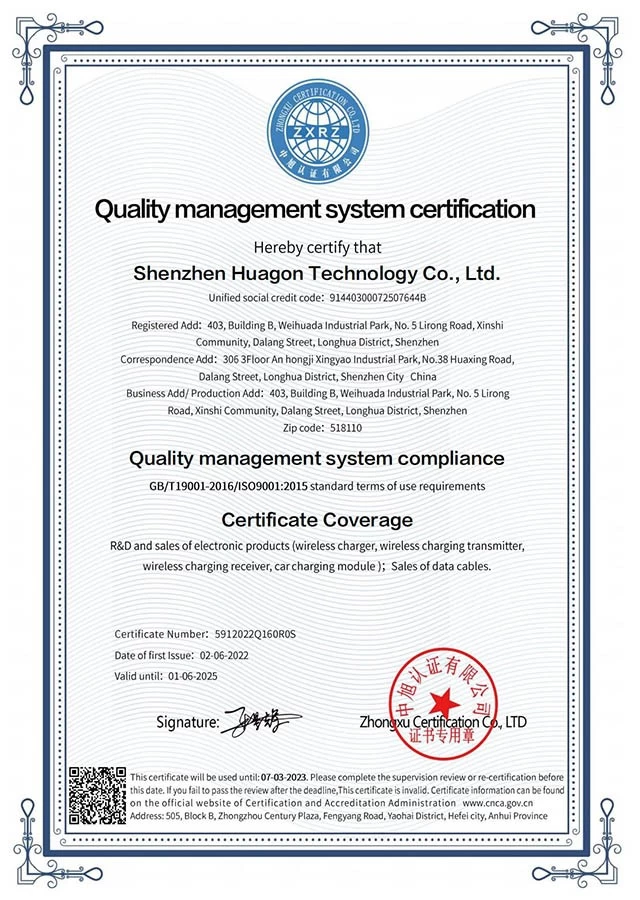What is Automotive OEM Wireless Charger: Principles, Features, and Benefits
What is Automotive OEM Wireless Charger: Principles, Features, and Benefits
1. Working Principle
Automotive OEM (Original Equipment Manufacturer) wireless chargers are based on electromagnetic induction, following the Qi wireless charging standard (developed by the Wireless Power Consortium). Here’s how they work:
Transmitter Coil (in the car): When the charger is activated, an alternating current (AC) passes through the coil, generating an oscillating magnetic field.
Receiver Coil (in the smartphone): When a compatible device is placed on the charging pad, its coil picks up the magnetic field, inducing an electric current that charges the battery.
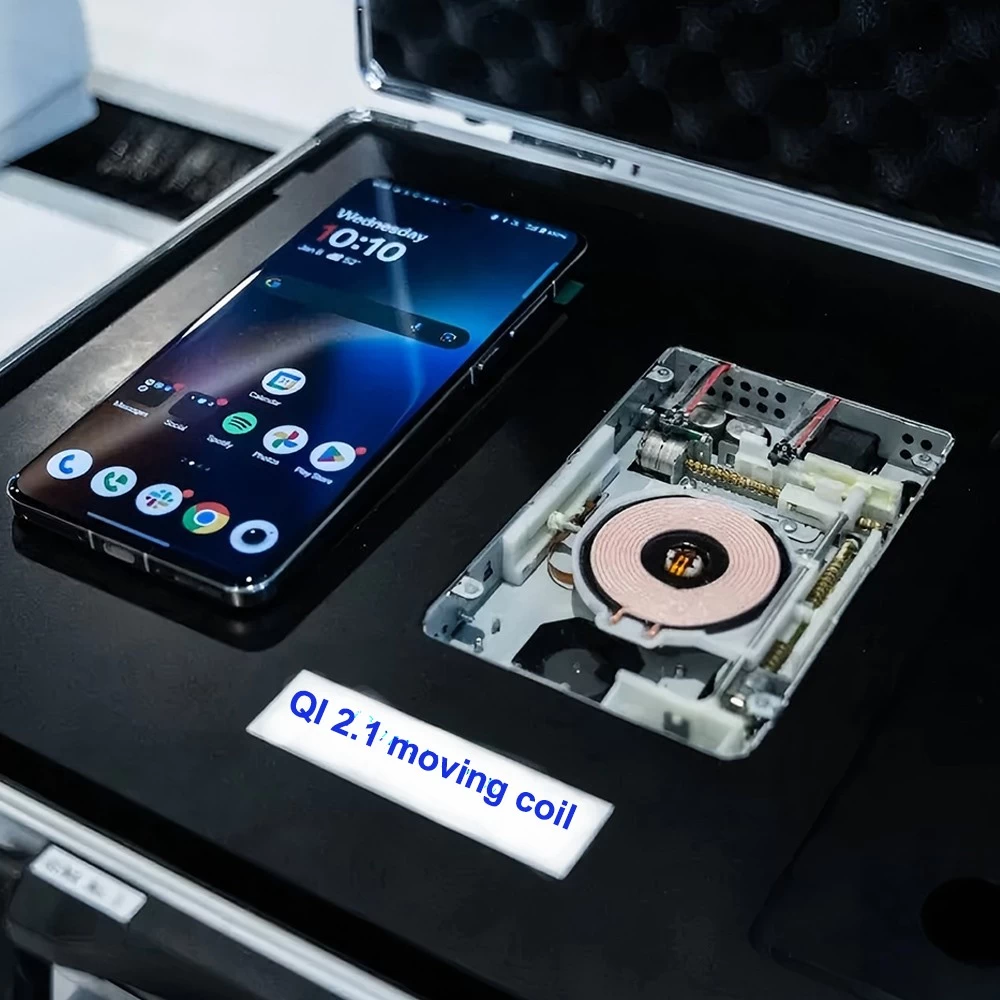
Regulation & Safety:
Foreign Object Detection (FOD) prevents charging if metal objects (e.g., keys) are detected.
Temperature sensors and cooling systems (fans/heat sinks) prevent overheating.
2. Key Features of OEM Wireless Chargers
(1) Seamless Vehicle Integration
- Built into the dashboard, center console, or armrest for a factory-finished look.
- No cables or adapters needed—just place the phone on the charging pad.
(2) Smart Charging Technology
- Qi-certified(compatible with iPhone, Samsung, Huawei, etc.).
- Some support fast wireless charging (15W–50W) depending on the vehicle model.
- Auto-alignment (in premium cars) ensures optimal charging efficiency.
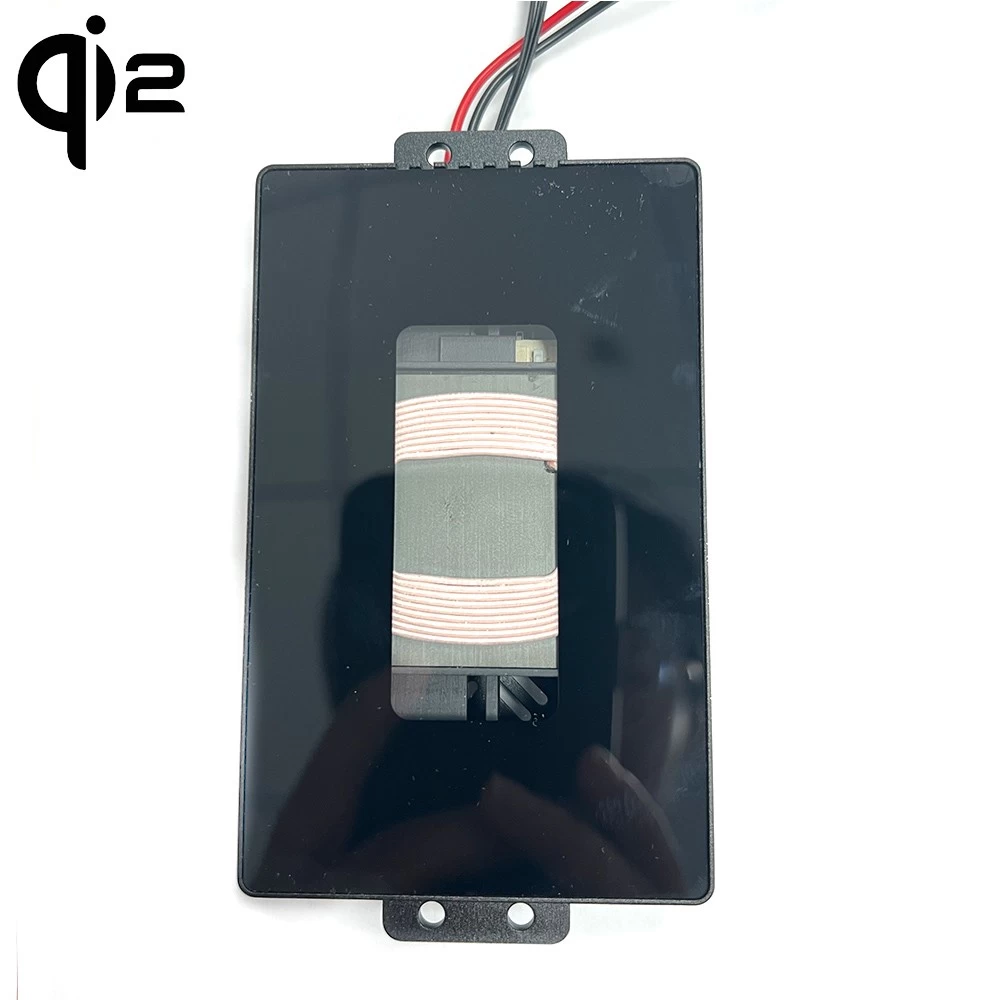
(3) Enhanced Safety & Cooling
- Overvoltage/overcurrent protection to safeguard the phone and car battery.
- Active cooling (e.g., BMW’s fan-cooled system) prevents overheating.
(4) Connectivity with Infotainment System**
- Some cars (e.g., Tesla, Mercedes) display charging status on the touchscreen.
- May disable charging if the phone battery is full to save energy.
3. OEM Wireless Chargers vs Aftermarket Solutions: Key Advantages
(1)Installation Method:OEM solutions are factory-integrated into the vehicle's center console/armrest area, requiring no user modifications.
Aftermarket products require separate installation and may block air vents or occupy USB ports, posing compatibility risks.
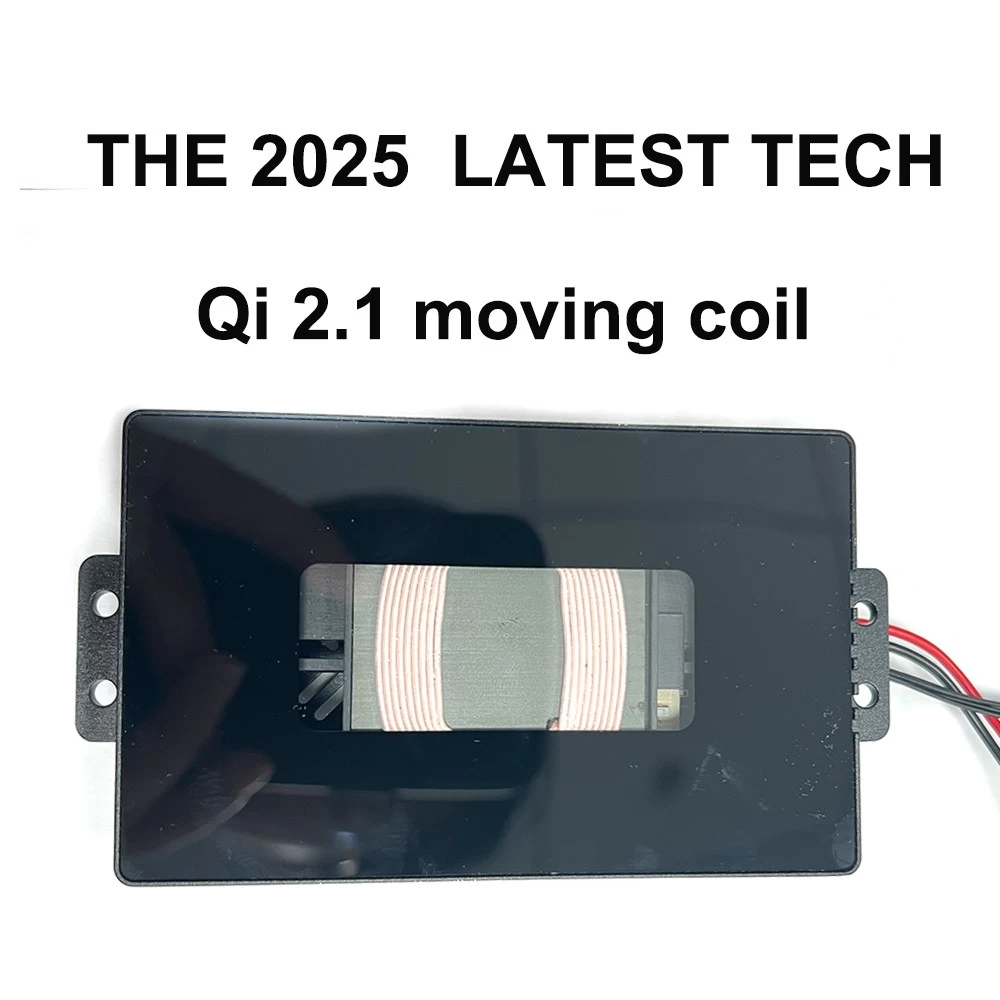
(2)Charging Performance
OEM solutions are optimized for the vehicle's electrical system: Supports up to 50W fast charging (e.g., BMW iX) and delivers stable power output without fluctuations
Aftermarket products are limited by cigarette lighter power supply:Typically only support 10-15W standard charging, High-power operation may trigger vehicle overload protection
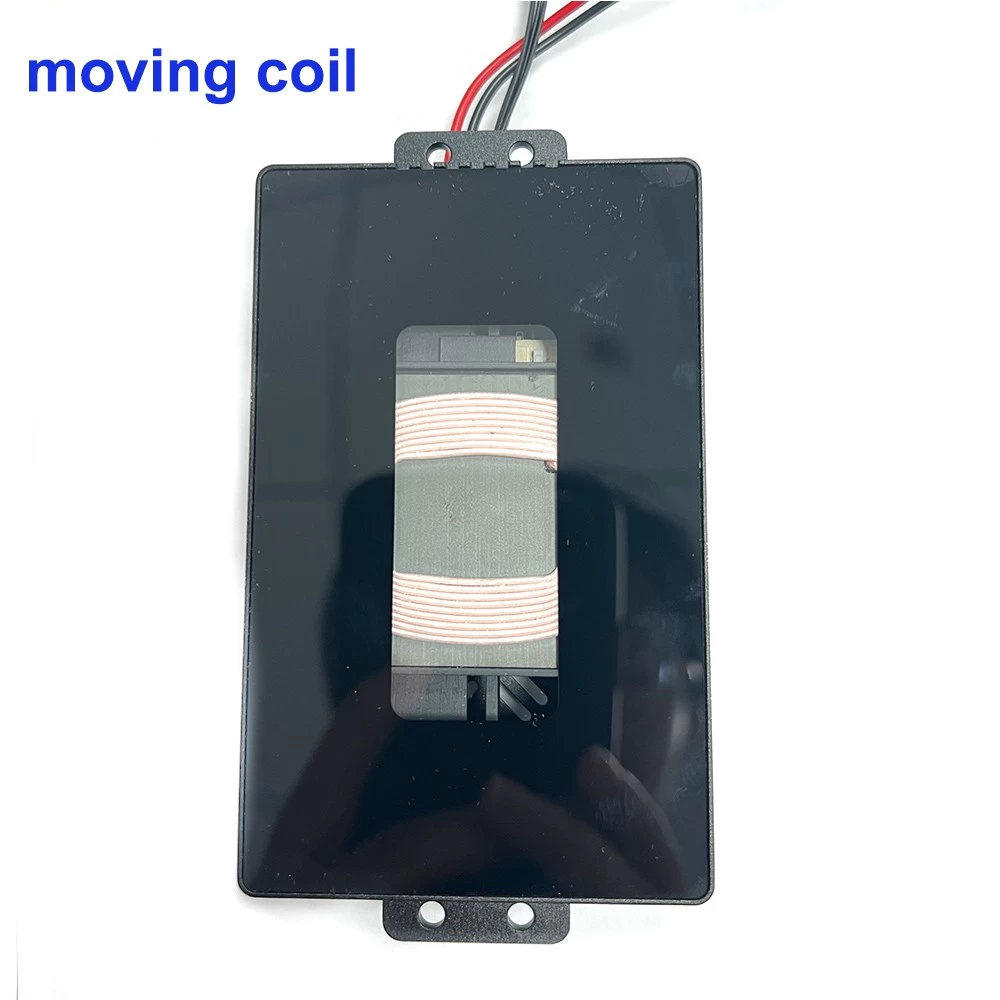
(3)Safety Features
OEM solutions incorporate triple protection mechanisms:Foreign Object Detection (FOD) for automatic metal detection. Real-time temperature monitoring sensors. Active cooling systems (e.g., Tesla's air duct cooling)
Aftermarket products usually only have basic short-circuit protection, posing potential safety risks in high-temperature environments.
(4)User Convenience
OEM solutions enable seamless operation:Automatic charging upon phone placement. Synchronized charging status display on the vehicle's infotainment screen
Aftermarket products require manual power switching and precise alignment for charging.
(5)Aesthetic Integration
OEM solutions maintain perfect harmony with interior design language (e.g., Mercedes' wood-trimmed charging slot).
Aftermarket products' plastic materials and exposed cables can compromise the vehicle's premium feel.
(6)Typical Usage Scenarios
Business Professionals: OEM solutions demonstrate factory-grade quality when receiving clients
Tech Enthusiasts: Aftermarket products may not support the latest fast-charging protocols (e.g., Qi2 for iPhone 15)
Family Users: OEM built-in design prevents children from touching live components
4. Future Trends
- Higher Power (50W+) – Requires 48V vehicle electrical systems.
- Multi-Device Charging – Charging pads for rear passengers.
- Bidirectional Charging – Using the car battery to charge phones (like V2L technology).
Conclusion
Automotive OEM wireless chargers offer better integration, safety, and efficiency compared to aftermarket options. As EVs and smart cabins evolve, wireless charging will become faster, smarter, and more widespread in vehicles.
